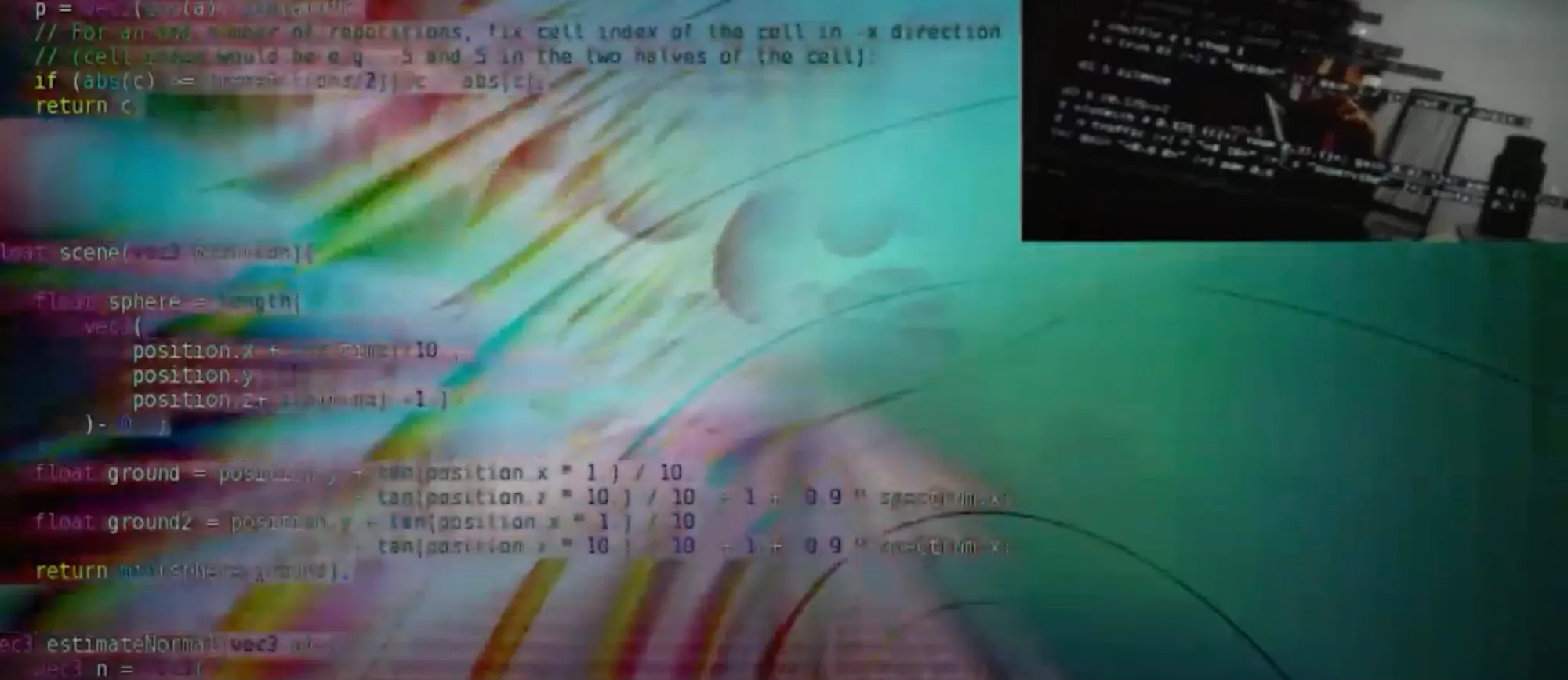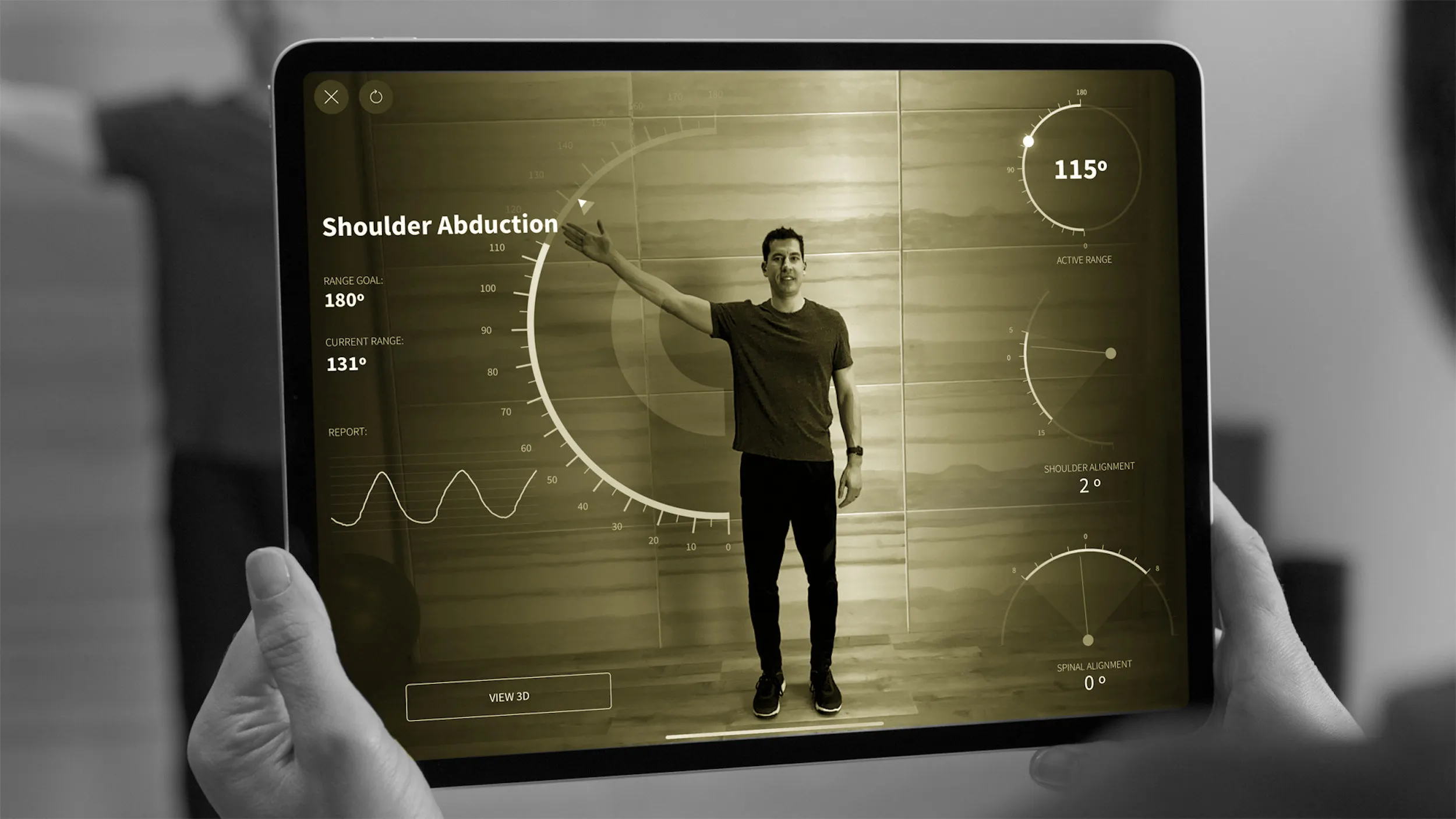Hair simulation is a great way to simulate different but realistic hairstyles. The Hair Simulation effect lets you know which hairstyle suits your face, and it’s quite a lot of fun. We can simulate short, long, and different color hairstyles in Lens Studio.
In Snapchat’s Lens Studio, we will use the Hair Simulation template to try and simulate some beautiful hairstyles.
Continue reading “Add Hair Simulation Effect Using Lens Studio”









